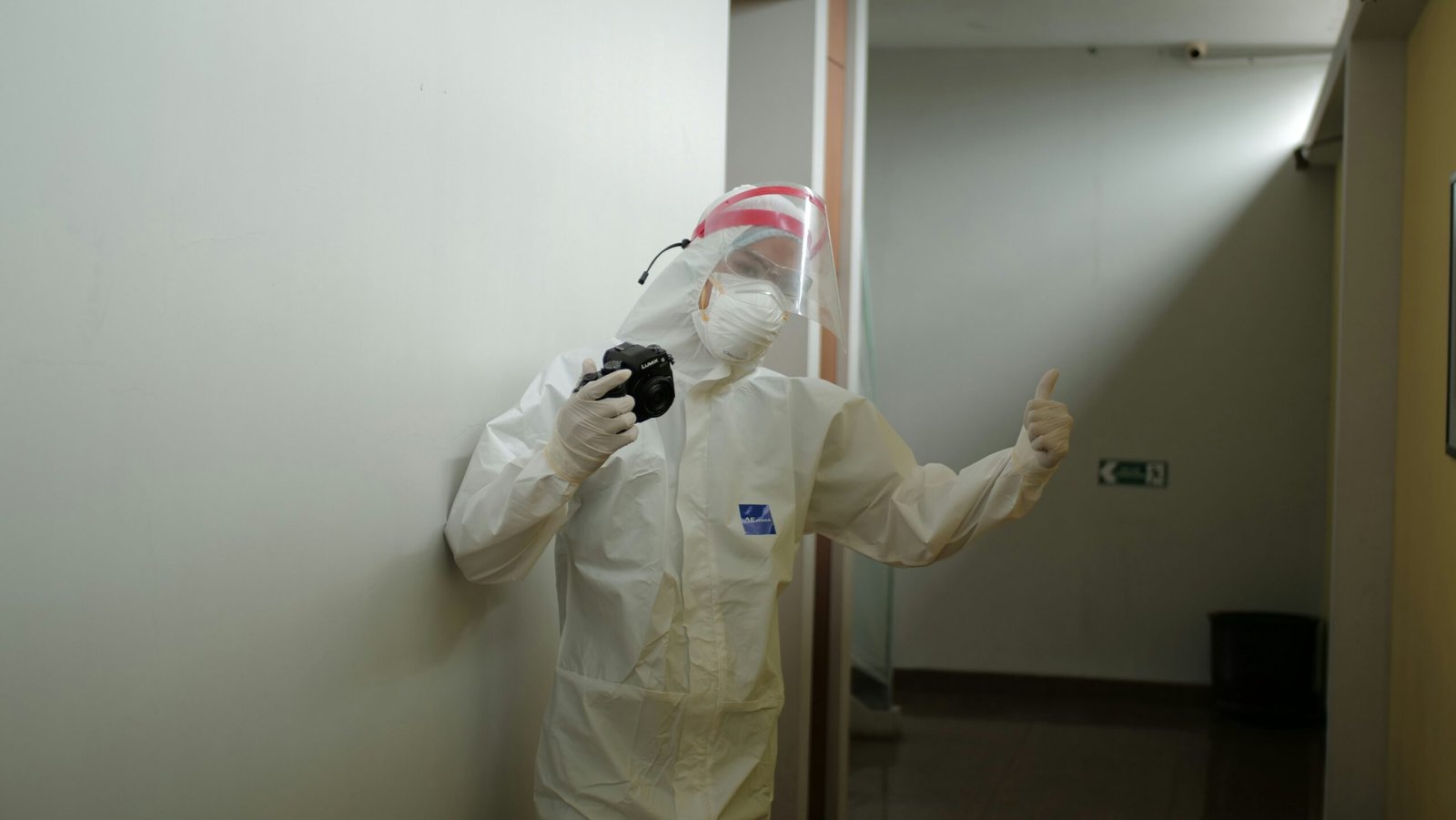
The Dangers of Asbestlint: Why Proper Handling is Essential
Asbestlint, a term that sends shivers down the spine of homeowners and construction workers alike. This seemingly innocuous material has a dark past, hiding dangers that can affect health for decades. Once praised for its fire-resistant properties and versatility in building materials, asbestos is now infamous for causing serious diseases. So why does it still linger in many structures? The answer lies in ignorance and improper handling.
In this blog post, we’ll peel back the layers on asbestlint to reveal what you need to know about its risks and proper management. From understanding its hazardous nature to knowing how to protect yourself from exposure, it’s crucial to arm yourself with knowledge. Let’s dive into the world of asbestlint and uncover why safety should always be your top priority when dealing with this lurking peril.
Understanding Asbestos and its Risks
Asbestos is a naturally occurring mineral composed of fibrous crystals. Its unique properties, such as heat resistance and durability, made it popular in construction and manufacturing over the decades.
Despite its benefits, asbestos poses significant health risks. When disturbed, asbestos fibers can become airborne and easily inhaled or ingested. Once in the body, these tiny particles can lead to serious illnesses.
One of the most alarming aspects of asbestlint is that symptoms often don’t appear until years later. This latency period makes early detection challenging, contributing to severe conditions like mesothelioma and lung cancer.
The risk isn’t limited to industrial settings; older homes may also contain materials with asbestos. Understanding where this substance might be found is crucial for anyone involved in renovation or demolition work.
Awareness about these hazards is key to protecting yourself and others from potential exposure.
The History of Asbestos Usage and Regulations
Asbestos has a long and controversial history. Used for thousands of years, it gained popularity during the industrial revolution. Its fire-resistant properties made it an ideal choice in construction materials.
In the early 20th century, asbestos was hailed as a wonder material. It was found in everything from insulation to roofing shingles. However, concerns began to arise about its safety.
By the 1970s, mounting evidence linked asbestos exposure to severe health risks like lung cancer and mesothelioma. As awareness grew, regulations started taking shape across countries.
The U.
S. Environmental Protection Agency (EPA) established strict guidelines to manage its use and removal in buildings. Many nations followed suit with their own laws aimed at protecting public health.
Despite these efforts, illegal usage still occurs today, illustrating ongoing challenges surrounding this hazardous mineral.
Health Risks Associated with Asbestos Exposure
Asbestos exposure poses serious health risks that cannot be ignored. When inhaled, microscopic fibers can lodge in the lungs and other organs. Over time, this leads to significant damage.
One of the most concerning conditions linked to asbestos is mesothelioma, a rare cancer primarily affecting the lining of the lungs. Symptoms often take decades to surface, making early detection difficult.
Other illnesses include asbestosis, which causes lung scarring and breathing difficulties. Chronic obstructive pulmonary disease (COPD) has also been associated with long-term exposure.
Even brief encounters with asbestlint can lead to severe consequences later in life. It’s crucial for anyone who suspects they have come into contact with asbestos materials to seek medical advice promptly.
Awareness is key when it comes to these dangers; understanding them could save lives or prevent serious illness down the road.
Proper Handling and Disposal of Asbestos Containing Materials
Proper handling of asbestos-containing materials (ACMs) is crucial for safety. It begins with identifying and assessing the material before any work starts. Always wear appropriate personal protective equipment (PPE), including respirators, gloves, and coveralls.
When it comes to disposal, follow local regulations meticulously. Double-bag ACMs in leak-tight plastic bags, clearly labeled as hazardous waste. Transporting these materials requires care; use vehicles designed for hazardous loads to prevent airborne fibers during transit.
Ensure that dumping occurs at designated hazardous waste sites only. Avoid common landfill options since they might not have the proper containment measures in place.
Professional training on asbestos management can greatly reduce risks associated with mishandling. It’s essential to maintain a clean workspace throughout the process, using wet methods to minimize dust generation whenever possible.
The Importance of Hiring a Licensed Asbestos Contractor
When dealing with asbestlint, the stakes are high. Proper handling and removal require expertise that only a licensed asbestos contractor possesses. These professionals understand the complexities of regulations and safety protocols.
Hiring someone certified ensures compliance with local laws. Many regions mandate specific training for anyone handling asbestos-containing materials. This means you gain peace of mind knowing your project meets legal standards.
A licensed contractor also brings experience to the table. They can identify hidden risks and employ methods that minimize exposure during removal or abatement processes. Their knowledge helps prevent potential accidents, protecting both workers and residents.
Furthermore, these experts have access to specialized equipment designed for safe disposal of hazardous materials like asbestlint. Using proper tools reduces the chance of contamination in surrounding areas, making it vital to choose qualified help for any asbestos-related job.
Steps to Take if You Have Been Exposed to Asbestos
If you suspect you’ve been exposed to asbestlint, it’s crucial to act promptly. Start by documenting any exposure details. Note when and where it occurred, along with the duration of your contact.
Next, seek medical attention immediately. Even if you feel fine, some effects may not surface for years. A healthcare professional can conduct necessary tests and monitor your health over time.
Avoid further exposure at all costs. If asbestos-containing materials are present in your surroundings, do not disturb them. Instead, alert a qualified expert who can assess the situation safely.
Stay informed about potential symptoms related to asbestos exposure like persistent cough or shortness of breath. Keeping track of these signs will be valuable during follow-up appointments with your doctor.
Consider joining support groups for those affected by similar issues. Sharing experiences can provide both emotional relief and vital information on navigating this challenging situation.
Conclusion: Why It is Essential to Take Asbestos Safety Seriously
Asbestlint poses significant dangers that cannot be overlooked. The risks associated with asbestos exposure are serious and can have long-lasting effects on health. Its history reveals a troubling pattern of use, often without adequate safety measures in place. As regulations evolve, the importance of proper handling and disposal becomes even more critical.
Hiring a licensed asbestos contractor is not just a recommendation; it’s necessary to ensure safety during any renovation or demolition projects involving asbestlint. These professionals understand the stringent protocols required for managing hazardous materials.
Taking swift action if you’ve been exposed is vital to safeguarding your health. Regular check-ups and consultations can help monitor any potential complications arising from exposure.
Understanding these aspects emphasizes why it is essential to prioritize asbestos safety in every environment where asbestlint may be present. Awareness, education, and proactive measures are key elements in preventing harmful consequences for individuals and communities alike.








